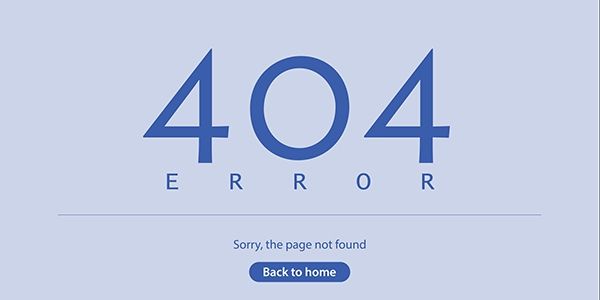Get the most out of your meetings: brush up on your facilitation skills
Business analysts are meant to be good at facilitating, it’s meant to be one of our key skills.
However, speaking to many of the BAs in my network, facilitation is the one area that they feel that they can do more. I guess one of the difficulties with facilitation is that you don’t always end up with a tangible outcome. This then makes it harder to determine the value in what you have achieved. No, one wants to go a two-hour meeting, where they sit around the desk and discuss the same things over and over again. Often, people state that they find meetings really unproductive and go far as to say that they are blockers in getting things done.
I disagree with this, I recently attended the IRM business analysis conference where the keynote speaker Clive Woodward (famous rugby coach) stated that he couldn’t work out why people didn’t like meetings. I agree with him, meetings are meant to be a tool and if the tool is not being utilised productive manner then it becomes more of a people issue. Instead of blaming the tool, ask yourself if it is used in the most productive manner.
So, to avoid your meeting become stale and boring, we have created some top tips to get you to think outside your comfort zone for meetings. I am not going to state the obvious like making sure you have a set agenda for your meeting or defined outcomes that you want to achieve. As, a business analyst, I would expect you do this for any meeting that you facilitate.
Tips
1. Try a new type of meeting format – Lean coffee
- • This is one of my favourite type of meetings. So, if you have not done this before it is quite an easy concept to follow. Everyone in the meeting writes on a post-it note, items that they want to discuss. Put the post-it notes on the wall. Carry out infinity sort, to understand if there are any key themes that have come out around what people want to discuss.
- • Pick the most popular item- if you don’t have one then I would pick one at random. Discuss that item for a period of 5 mins and then ask everyone if they want to discuss it further after the first 5 minutes. If, yes discuss for another 5 mins and so forth
- • Top tip- I would recommend not discussing anything longer than 15 minutes- I personally find after 15 minutes’ people start becoming disengaged with the subject matter. If you have not received a conclusion after 15 minutes, I would suggest you move this to the parked section and come back to it at a later stage if you need to. It is important that after 15 minutes, you move onto another topic- avoid talking for the sake of talking.
2. Pick a different location
- • Unless you work at Google, your office will be a typical office- bright artificial lights if you are lucky you will have lots of glass or if you’re not then you will have white walls. If you are always meeting in the same location, then by human nature you tend to associate that space with certain emotions. So, if you have meetings that are lacklustre people then tend to associate that emotion with the meeting rooms that you have in office.
- • So, once in a while go out of the office and go to the local coffee shop to hold your meeting there. Change of scenery is great, as it gets people to think in a different way. Also, walking to the local café will get people energised, as will the fresh air.
3. Observe where people are sitting
- • If you have regular meetings, you will notice that people either sit in the same chair or they will sit next to the same people. By sitting next to the same person, you will end up inevitable. people embracing the same role each meeting. To avoid this happening. Mix it up a bit in your meeting, I am not suggesting you create a seating plan for your meetings. What, I am suggesting is that you gently steer people to sit in a different position.
- • Top tip- if possible move the furniture around the room, this will naturally force people to sit in a different seating position to their usual. Also, make sure you are sitting in a different place to your usual seating position.
4. Give the dominated person a task
- • We have all been in meetings, where there is one person who talks all the time. I would suggest, with that person give them either a flip chart pen or whiteboard marker and get them to make note of what everyone is saying. By, having to write they will naturally be focused on listening to everyone in the room. If that is not possible, then I would suggest you get them to read the actions from the last meeting. By giving them this role, you are getting them to focus on the other people in the room and the role that they place in the meeting.
5. Avoid multi-tasking
- • Ban smartphones and laptops at meetings. When people are working on multiple things at the same time, they are not able to give 100% to either of these things. To avoid having semi-interested in people – ban the laptops. In my team, if we have a team meeting then everyone has to leave both their phones and laptops at their desks. This means people are more invested in the meeting and by having them more focused in the team discussion you are more likely to get a decision quicker.
So, next time you are going to facilitate a meeting, try one of the above tips and see what difference it can make to your meetings.


